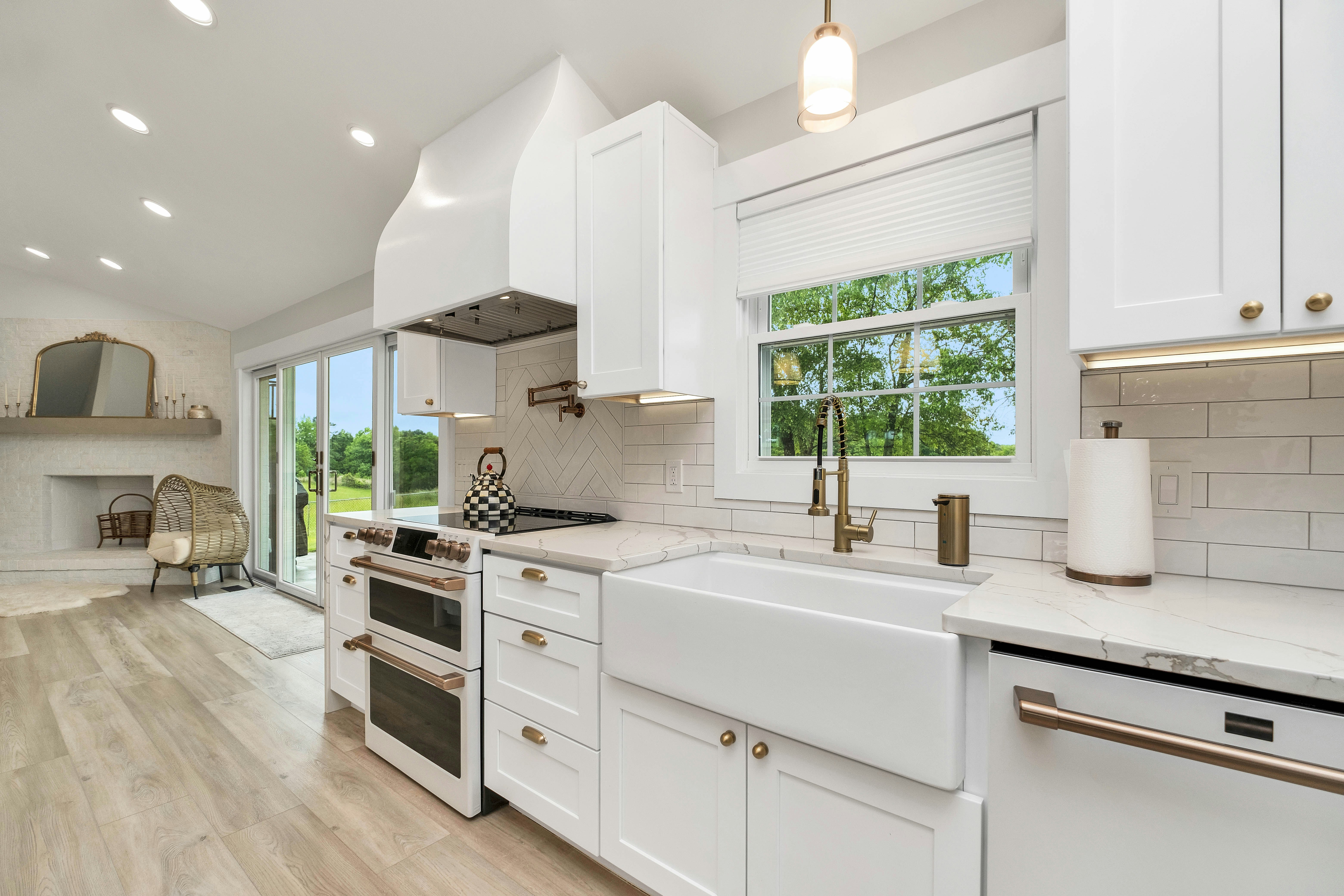Home / Blog / Blog Details
Financing Your Dallas Remodel: Options, Costs, and How to Choose the Right One
Financing Your Dallas Remodel: Options, Costs, and How to Choose the Right One
You’ve picked your project. You’ve picked your contractor. Now the big question is… how do you pay for it?
Remodeling in Dallas isn’t just about design choices — it’s also about smart money moves. Choosing the right financing can make the difference between a stress-free renovation and one that keeps you up at night. Here’s a breakdown of the most common options, their pros and cons, and how to pick the one that fits your plans.
1. Home Equity Loan
Best for: Large, fixed-cost remodels where you know the budget upfront.
How it works: You borrow a lump sum against your home’s equity, typically with a fixed interest rate and predictable monthly payments.
Pros: Stable payments, lower interest rates than personal loans, good for big-ticket projects like kitchen overhauls or whole-home updates.
Cons: Less flexible — you get one payout, so changes in scope may require new financing.
2. HELOC (Home Equity Line of Credit)
Best for: Projects done in phases or when scope might change.
How it works: You get a revolving credit line you can draw from as needed, with interest paid only on what you use.
Pros: Flexible, interest rates often lower than credit cards or personal loans.
Cons: Variable interest rates can rise, making payments unpredictable.
3. Cash-Out Refinance
Best for: Homeowners who want to lock in a new mortgage rate while funding their remodel.
How it works: You replace your current mortgage with a larger one and take the difference in cash.
Pros: Can lower your interest rate if market rates are favorable; one consolidated monthly payment.
Cons: Closing costs can be high; resets the clock on your mortgage.
4. Personal Loan
Best for: Smaller remodels or quick turnarounds.
How it works: You borrow a lump sum from a bank or online lender, usually unsecured, meaning no home collateral.
Pros: Fast approval, no lien on your house.
Cons: Higher interest rates than home equity products.
5. Contractor Financing Programs
Best for: Convenience when working with a contractor who offers in-house or partnered financing.
How it works: You finance directly through your remodeler or their partner lender.
Pros: Simple, often bundled into the project agreement.
Cons: Rates can be higher; fewer customization options.
How to Choose the Right Option
Ask yourself:
How big is the project? Large projects often favor home equity loans or cash-out refinancing; smaller ones may fit a personal loan.
Do I need flexibility? If the scope might change, a HELOC could be smarter.
What’s my risk tolerance? Fixed-rate products give peace of mind; variable-rate loans can save money but carry risk.
What’s my timeline? Need to start next week? Personal loans or contractor financing move fastest.
Bottom Line
Your remodel is an investment — not just in your home’s value, but in your comfort and lifestyle. The right financing keeps your budget predictable and your stress low. If you’re ready to map out your remodel and your payment plan side by side, we can help you start with a clear, realistic number.



